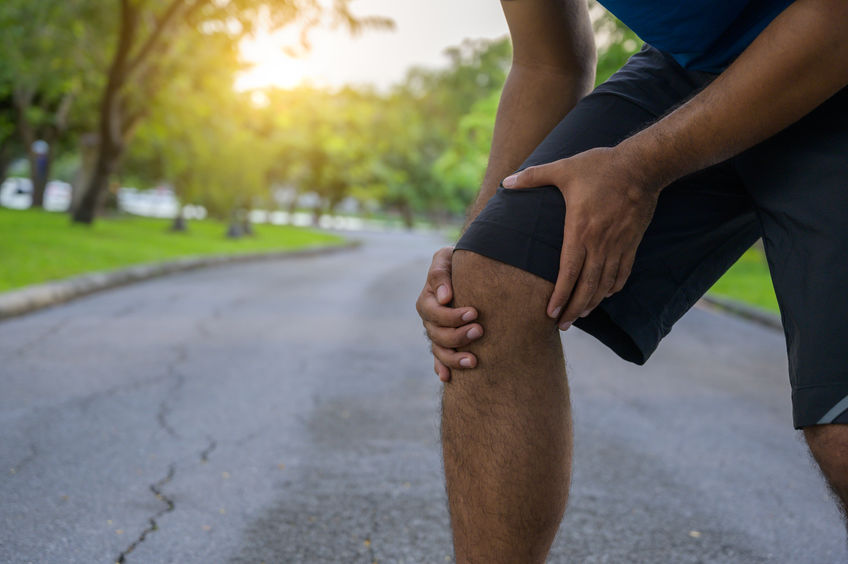How Do I Prepare For A Knee Arthroscopy?
From walking up the stairs to hitting the gym, healthy knees promote independence and high quality of life. When knees become unhealthy or injured, many patients experience less mobility and overall, less freedom. Pain is a key indicator, but surgery can benefit people with worsening stiff knees, disrupted daily activities, and unsuccessful physical therapy. Knee arthroscopy can provide relief from joint pain while increasing function. Knee arthroscopies take several weeks to heal, with complete recovery taking several months, up to a year. For arthroscopic surgery, orthopedic doctors use small incisions to cause less disruption to the patient. Compared to traditional surgery, knee arthroscopies provide shorter recovery time, less blood loss, and improved mobility.
How does a knee arthroscopy work?
Sometimes called knee scoping, a knee arthroscopy helps both inform and treat knee pain. The surgeon inserts the device into the knee via a small incision using a tiny camera and light known as an arthroscope. Once viewing the images from within the knee, the physician then determines a plan of action for surgery. During surgery, the doctor makes small incisions around the knee joint, in addition to the opening for the arthroscope. The doctor uses the additional openings to perform surgery with tiny surgical tools, using the images from the arthroscope as a guide.
A faster recovery
During traditional surgery, the practicing surgeon uses scalpels to open up the tissue to get a full view of the skin, structures, and organs involved. After determining and correcting the issue, the doctor then closes the incisions via stitches. However, conventional open surgery always holds a risk of infection when a procedure requires keeping parts of the body exposed for extended periods. As a result, minimally invasive surgery causes less blood loss and a faster recovery. After surgery, rest and recovery are paramount for a few weeks. Once the joint is stable enough, daily physical therapy can help restore mobility quickly. Exercises focused on stretching and strengthening the muscles that support the knee minimize the risk of a fall or re-injury.
Living pain-free
A recent study, chronic knee pain is a leading cause of physical disability in the United States. While many American citizens suffer from knee injuries, a combination of surgery and physical therapy allows many people to recover both mobility and an overall range of motion. When surgery is needed, knee arthroscopy allows for a faster recovery with less pain than traditional surgery.



